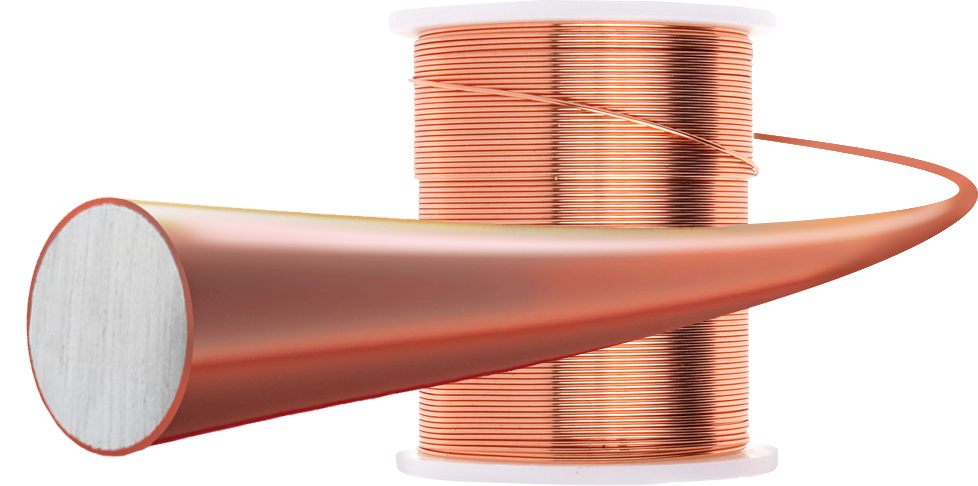DrSparks
The Everlasting Know-it-all!
- Location
- Madison, WI, USA
- Occupation
- Master Electrician and General Contractor
I've never heard of copper-clad steel. I've heard of copper-clad aluminum.
Sent from my BE2028 using Tapatalk
Sent from my BE2028 using Tapatalk

